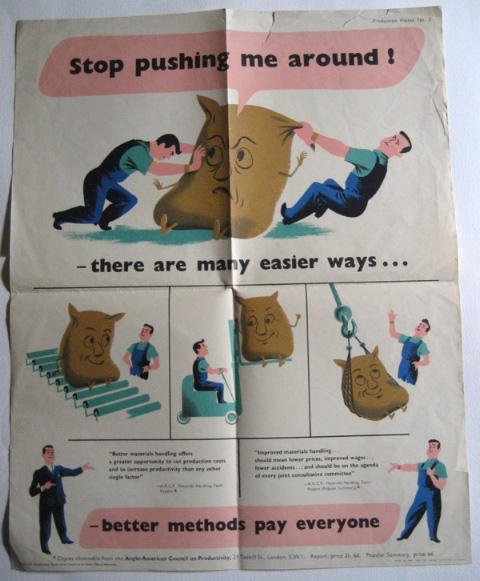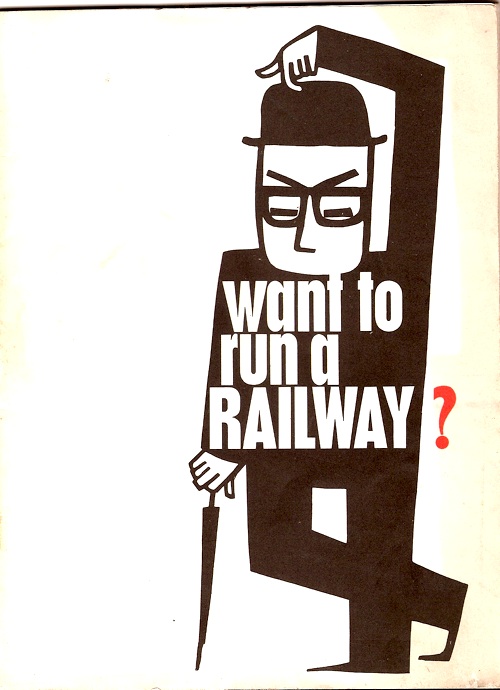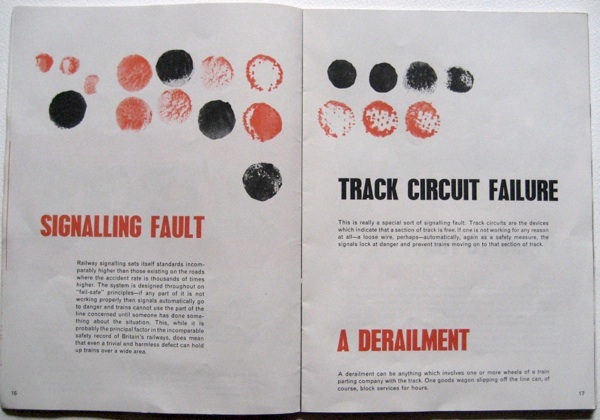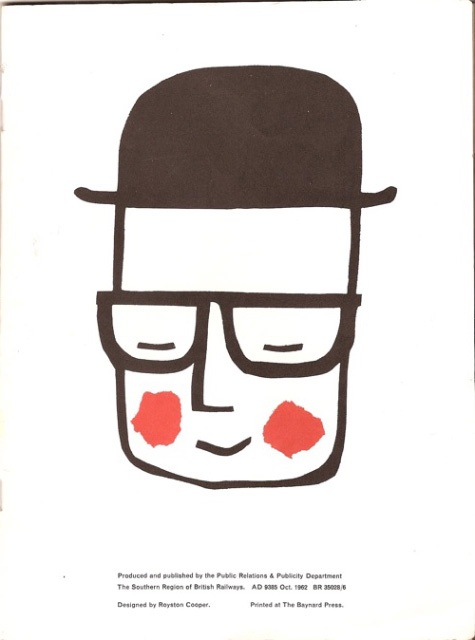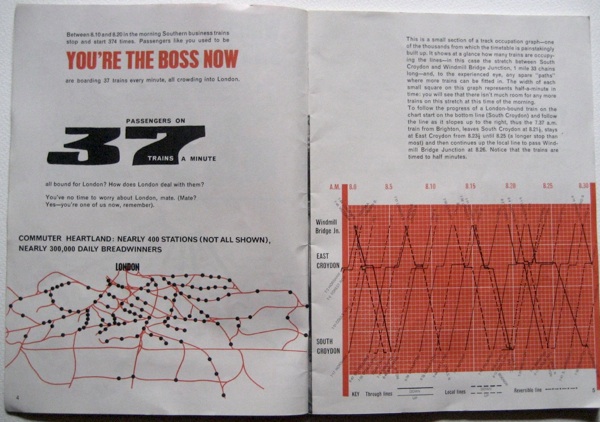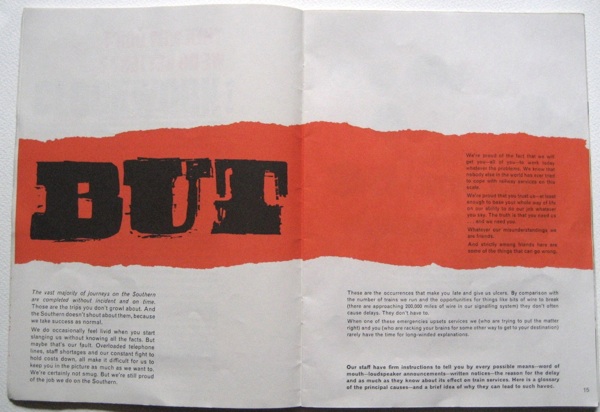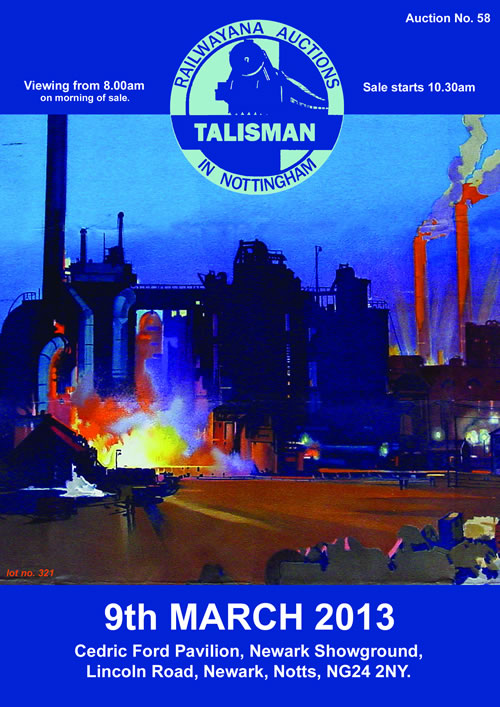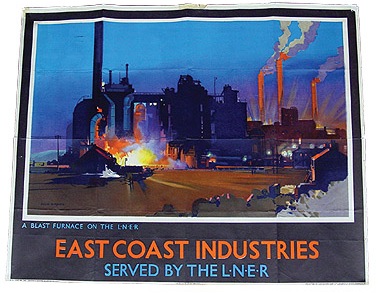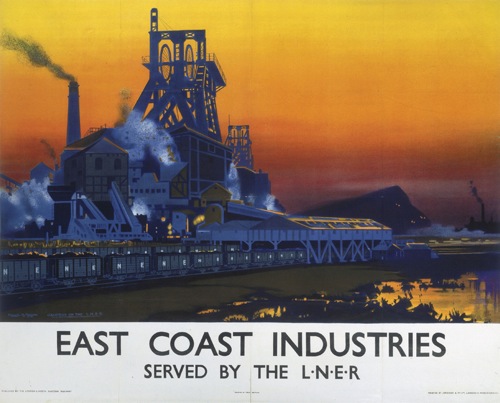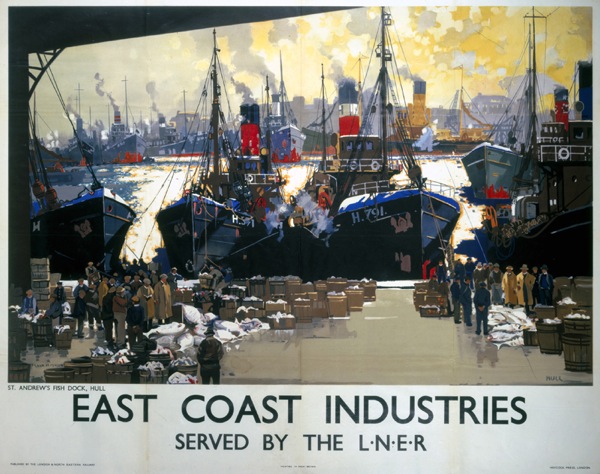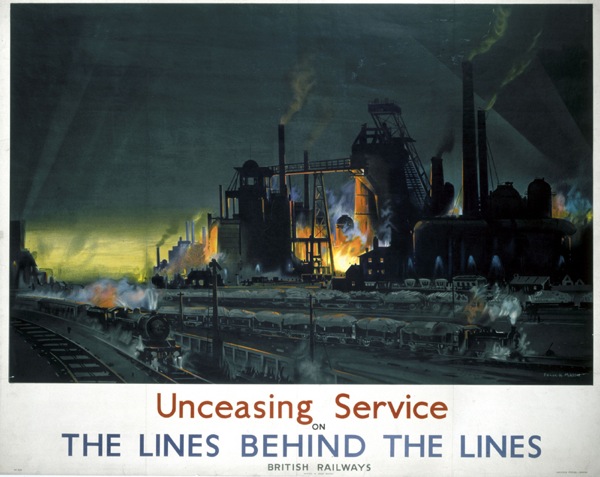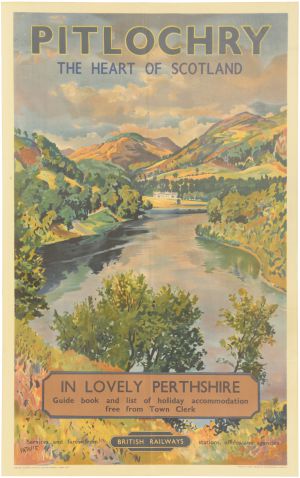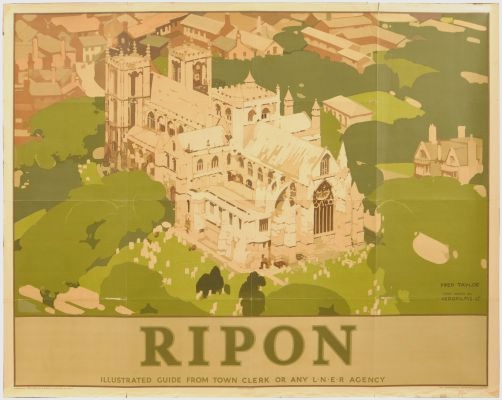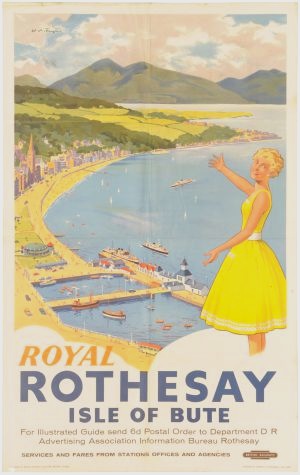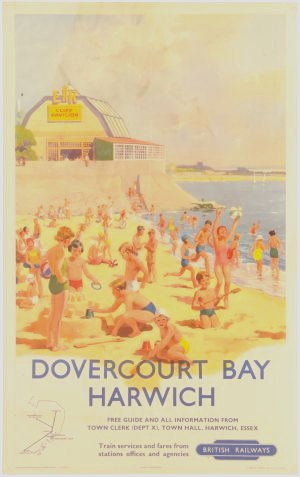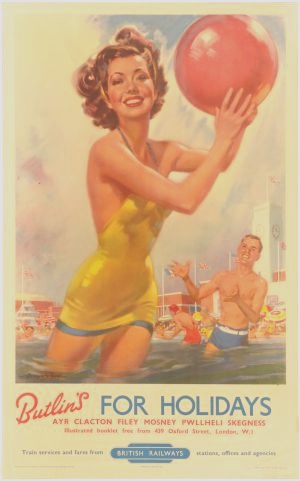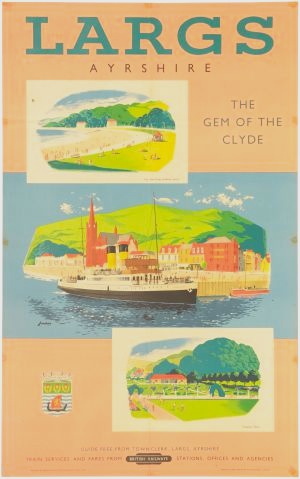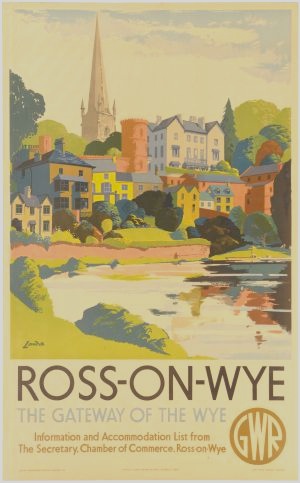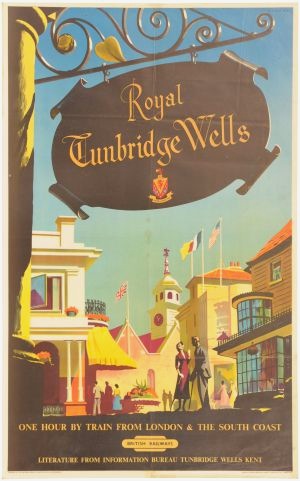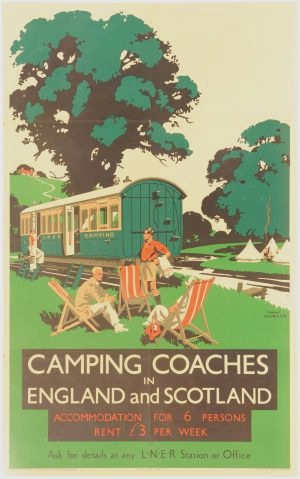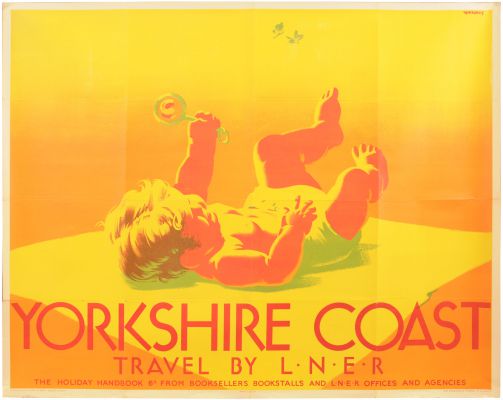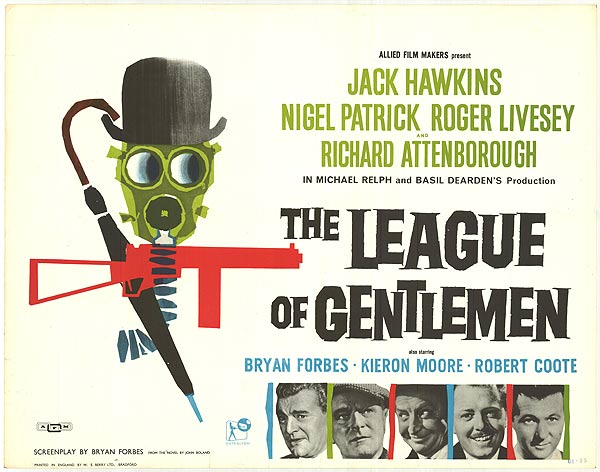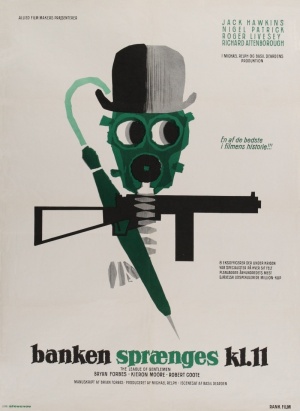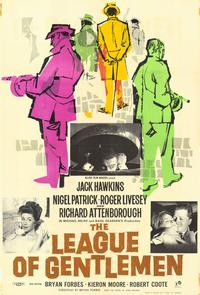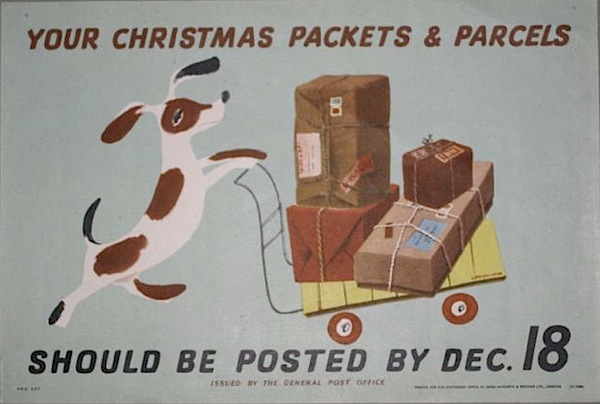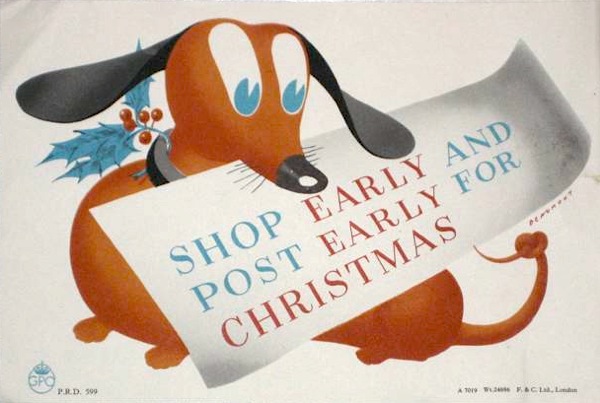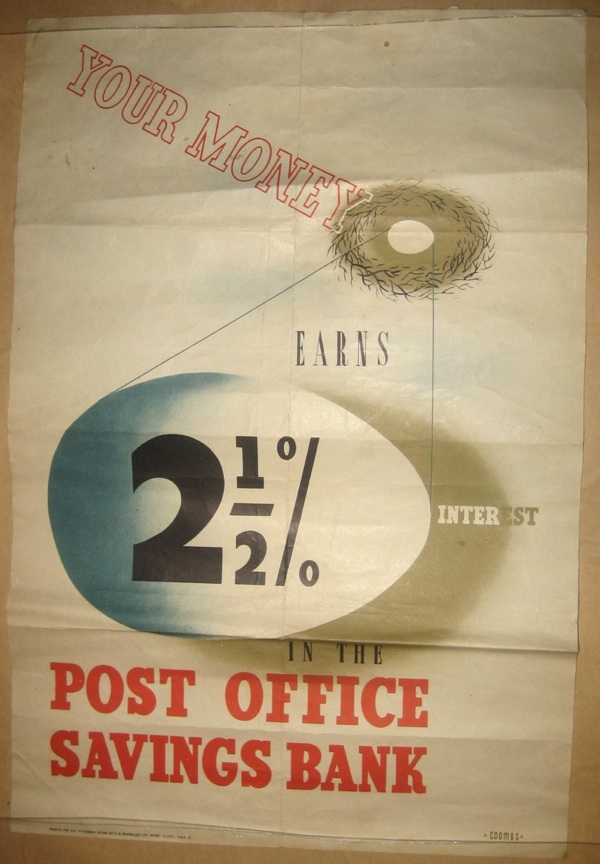Sad sack
This post is very simply two good things which have arrived on my desk recently. The first is this Central Office of Information poster from 1950, photographed as well as I can manage under the rather folded circumstances.
I know it’s from 1950 because that is when, apparently, the Anglo-American Council on Productivity produced their report on Materials Handling. Now I have researched this quite a bit more in the hope of finding an interesting backstory, but have to report that there is no such thing; the truth is entirely dull and intermittently depressing.
Post-war American aid to Europe, including Britain, didn’t just consist of dollars, it also came in the form of technical assistance, of which the Angl0-American Productivity Committee was just one part. At this point, American companies were two to three times more efficient than British ones, so you would have thought that paying attention might have been worthwhile. But British companies didn’t want to hear: they thought they knew best, that you bullied and cajoled your workers not co-operated with them, that specialists were inferior. And so nothing happened.
Which is sad, because it means that this rather endearing little poster is actually a portent, the first sign of what would in the end happen to British industry in the 80s and beyond, as companies never put their raw materials on rollers but carried on heaving the sacks instead.
Meanwhile, on the further subject of inefficiency, how to run a railway.
The truthful answer to the question posed by this little booklet is no I don’t, thank you. But it has gained houseroom because it is by Royston Cooper, who designed the insides too.
The whole thing is excellent, and dates from 1962, as this final page tells us.
The content, funnily enough, despite my almost total lack of interest, isn’t bad either. The point of it is to prove that it’s actually harder than you think to run a railway, lots of things can go wrong and so please can you be very nice to Southern Railway when they do.
We could probably do with a reprint now.
